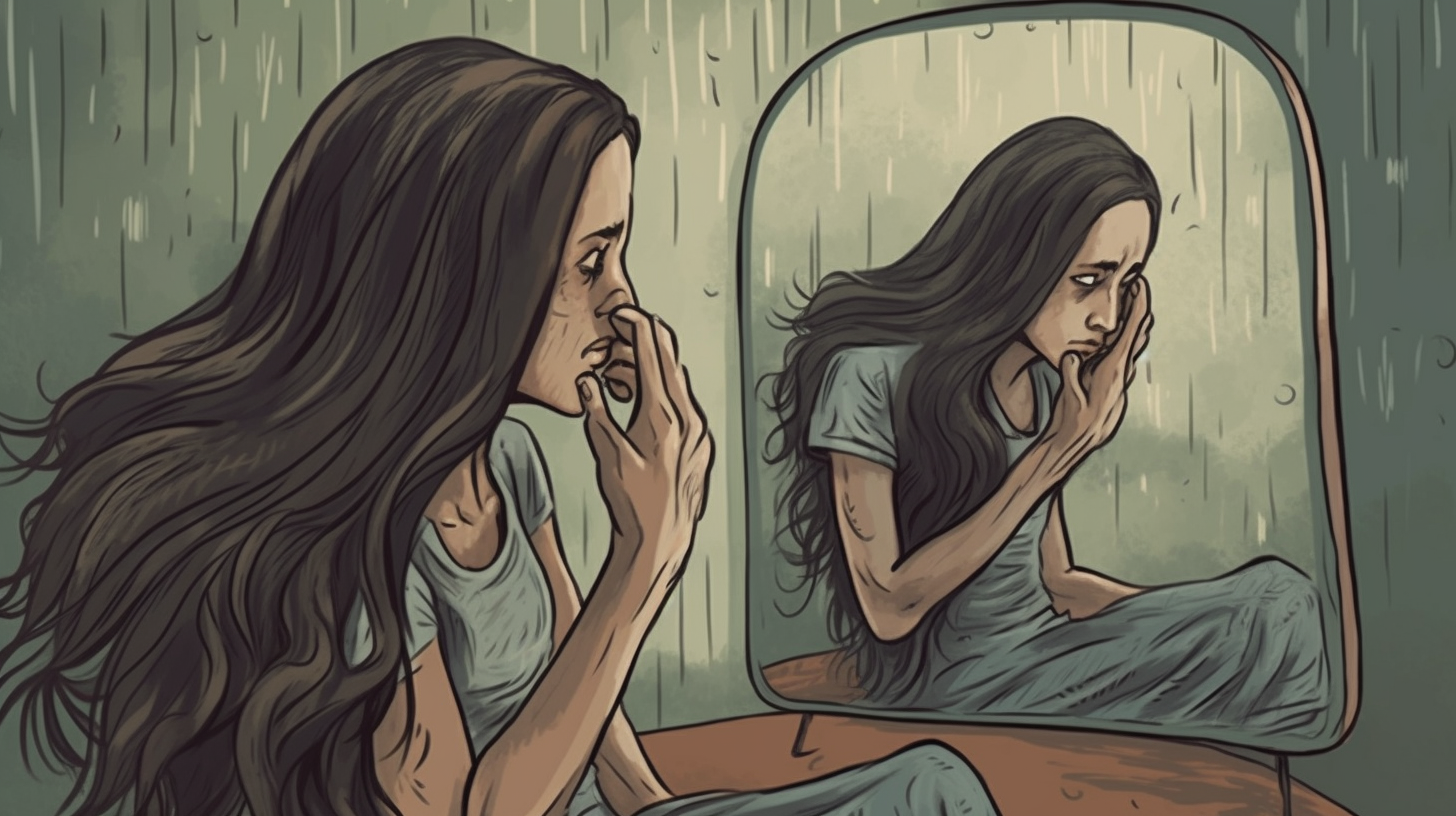The Ultimate Guide to the Best Treatment for Damaged Hair
Welcome to the ultimate guide to the best treatment for damaged hair! If you’re struggling with dry, brittle, or damaged hair, you’ve come to the right place. In this comprehensive guide, we’ll explore different treatment options that can help restore and revitalize your hair’s health and beauty.
The Importance of Treating Damaged Hair
Before we delve into the best treatments for damaged hair, let’s understand why it’s crucial to address this issue. Hair can become damaged due to various factors such as excessive heat styling, chemical treatments, environmental factors, and improper care.
When your hair is damaged, it may appear dull, frizzy, and prone to breakage. It can also lead to split ends and a lack of manageability. By treating your damaged hair, you not only improve its appearance but also promote overall hair health.
The Best Treatments for Damaged Hair
Now that we recognize the importance of treating damaged hair let’s explore some of the best treatments available:
1. Deep Conditioning Treatments
Deep conditioning treatments are an excellent way to restore moisture and nourishment to your hair. These treatments typically involve using a deep conditioner or mask that is left on the hair for an extended period.
You can choose from a wide range of deep conditioning products available in the market or even make your own at home using natural ingredients like avocado, coconut oil, or honey. Apply the treatment once a week or as recommended by the product instructions for optimal results.
2. Protein Treatments
If your damaged hair lacks strength and elasticity, protein treatments can be highly beneficial. These treatments help rebuild and fortify the hair shaft by replenishing protein levels.
You can find protein treatment products specifically designed for damaged hair at your local beauty store or salon. Alternatively, you can opt for natural protein treatments using ingredients like eggs, yogurt, or mayonnaise. Remember to follow the instructions carefully and not exceed the recommended frequency of use.
3. Keratin Treatments
Keratin treatments are a popular choice for those looking to repair and smoothen damaged hair. These treatments involve applying a keratin-based solution to the hair, which helps restore lost proteins and create a protective barrier.
Keratin treatments can help reduce frizz, improve manageability, and enhance the overall appearance of damaged hair. However, it’s important to note that these treatments usually require professional application and may contain chemicals that could potentially cause scalp irritation or allergic reactions. Consult with a hairstylist experienced in keratin treatments to ensure the best results.
4. Hot Oil Treatments
Hot oil treatments have been used for centuries as a natural remedy for damaged hair. These treatments involve heating natural oils like coconut oil, olive oil, or argan oil and applying them to the hair and scalp.
The heat from the oil opens up the hair cuticles, allowing it to penetrate deeply and provide nourishment. Hot oil treatments help moisturize and strengthen damaged hair while adding shine and softness. You can do hot oil treatments at home by gently warming the oil and applying it generously to your hair before wrapping it in a towel or shower cap for 30 minutes to an hour.
5. Overnight Treatments
If you’re looking for a low-maintenance treatment option, overnight treatments are worth considering. These treatments involve applying products such as leave-in conditioners or masks to your hair before going to bed and leaving them on overnight.
Overnight treatments give the products ample time to deeply penetrate and repair damaged hair while you sleep. In the morning, simply rinse or wash your hair as usual. This convenient treatment option can help restore moisture, improve texture, and reduce frizz.
6. Home Remedies
If you prefer natural and budget-friendly options, there are several home remedies that can effectively treat damaged hair. Here are a few popular ones:
- Mixing apple cider vinegar with water and using it as a final rinse after shampooing can help restore the pH balance of the scalp and promote healthy hair growth.
- Applying aloe vera gel directly to the hair and scalp can provide hydration and soothe an irritated scalp.
- Using a mixture of mashed bananas, honey, and olive oil as a hair mask can nourish and moisturize damaged hair.
Remember to perform a patch test before trying any home remedy to ensure you’re not allergic to any ingredients.
Tips for Choosing the Right Treatment
With so many treatment options available, it’s essential to choose the one that best suits your needs. Here are some tips to help you make an informed decision:
- Identify your specific hair concerns: Determine whether your main concern is dryness, breakage, frizz, or all of the above. This will help you select a treatment that targets your specific needs.
- Consider your lifestyle: Some treatments require regular application or professional assistance, while others can be done at home with minimal effort. Choose a treatment that aligns with your lifestyle and schedule.
- Budget: Consider how much you’re willing to invest in hair treatments. Some options, like professional keratin treatments, can be more expensive than DIY home remedies.
- Consult a professional: If you’re unsure about which treatment would work best for your hair type and concerns, consult a hairstylist or trichologist who can provide personalized recommendations.
Conclusion
Damaged hair is a common concern, but with the right treatment, you can restore its health and vitality. Whether you choose deep conditioning treatments, protein treatments, keratin treatments, hot oil treatments, overnight treatments, or home remedies, the key is consistency and finding what works best for your unique hair needs.
Remember to be patient as repairing damaged hair takes time. Alongside treatments, adopting a healthy hair care routine consisting of regular trims, gentle handling, and using quality hair products will help maintain the health and prevent further damage.
By incorporating these tips into your routine and selecting the most suitable treatment for your damaged hair, you’ll be well on your way to achieving healthier, more beautiful locks!



